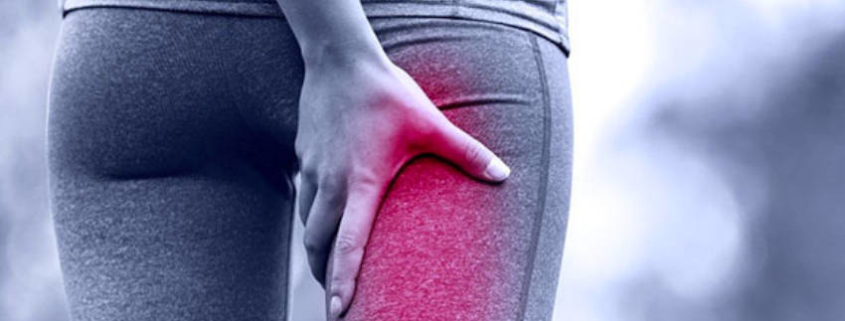Osteopathy treats Sciatica
Osteopathy treats Sciatica – The sciatic nerve is the longest and largest of all the body’s nerves. It runs from the spinal column through the pelvis and down each leg. Each sciatic nerve is made up of five smaller nerves that branch into the thigh, knee, calf, ankle, and foot. Sciatica occurs when this nerve is compressed, irritated, or inflamed.
Sciatica is not a condition or a diagnosis, rather it is a term used to describe the symptoms of leg pain and possibly tingling, numbness or weakness that travels from the low back through the buttock and down the large sciatic nerve in the back of the leg. The pain may be anything from a dull ache to a sharp, burning sensation or excruciating discomfort. Sometimes it may feel like a jolt or electric shock.
Because the sciatic nerve is the longest nerve in the body, pressure can be placed on it at many locations. Disc bulges can place pressure on the sciatic nerve in the back and cause low back pain and sciatica. The piriformis muscle, located deep in the buttocks, can become too tight and put pressure on the sciatic nerve. Pressure from the piriformis muscle usually causes sciatica that starts in the buttock or upper thigh. A misalignment of the lumbar vertebrae in the low back can put pressure on the sciatic nerve. Finally, spinal degeneration from long-standing back problems can also put pressure on and irritate the sciatic nerve.
How can Osteopathy help?
Since there are many disorders that can cause Sciatica, an Osteopath will investigate the exact cause of sciatic nerve symptoms by taking a thorough case history, followed by relevant spinal, orthopaedic and neurological examination to establish an accurate diagnoses. Referral for diagnostic imaging such as X-ray, CT or MRI may be necessary.
As Sciatica is due to pressure on the sciatic nerve, treatment involves removing this pressure, in order to reduce symptoms and help resolve the problem. Osteopathic treatment aims to decrease nerve pressure and associated inflammation by focusing treatment on poorly moving spinal joints, body compensatory patterns and easing muscular tension in the spine, buttock, hip and leg. Osteopathic techniques and management strategies are dependent on each individual case.
View a list of common complains that Osteopathy can assist with
Discovery the benefits of Osteopathy
- What is Osteopathy?
- Adult health issues
- Babies and Children
- During and after pregnancy
- Common Complaints
- Testimonials
- Sports Injuries
- Genral Osteopathy FAQs
- The Science & Reasearch



